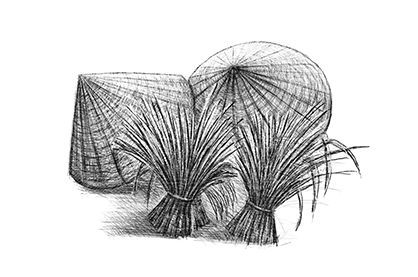The Black Lolo
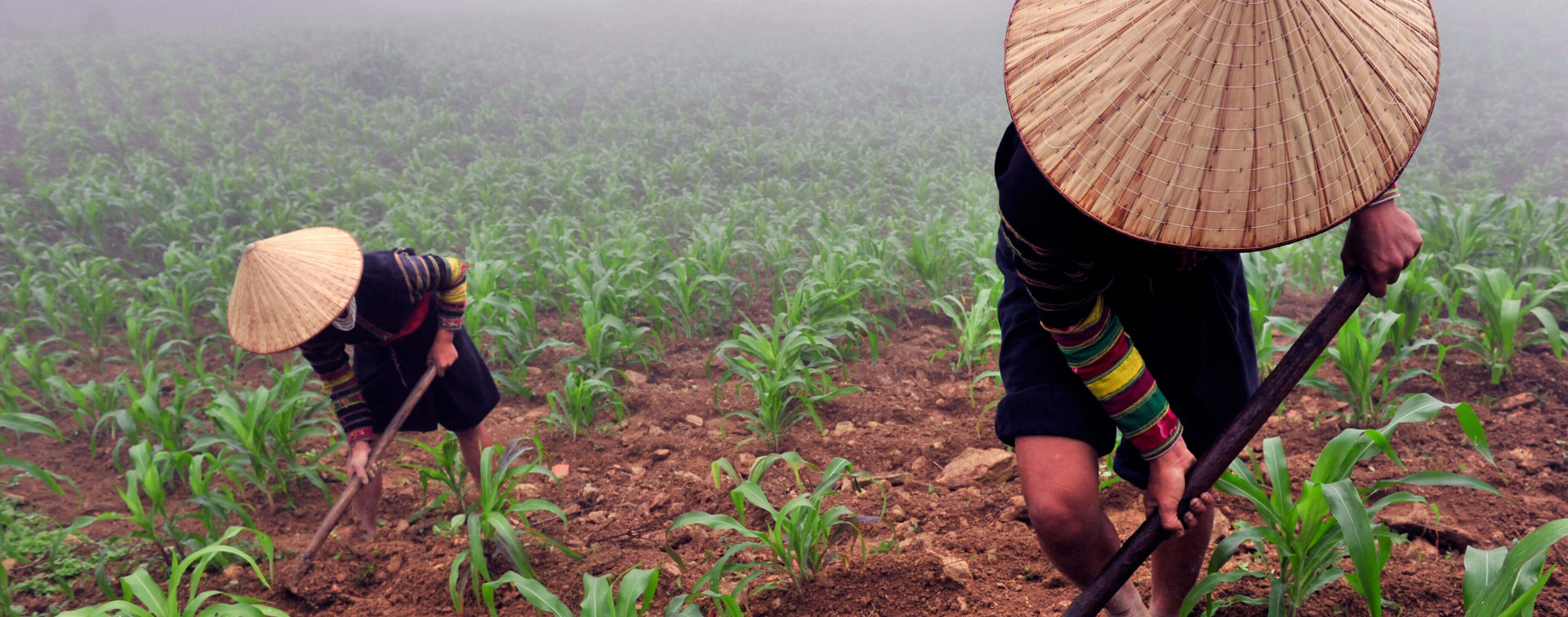
Originating from southern China, the Lolo belong to the Tibeto-Burmese family, also known as Yi people. After being displaced from China by imperial court in the 18th century, many Lolo clans chose to immigrate south to Vietnam. One of Vietnam’s smallest ethnic groups today, numbering about 1,800 souls, the Lolo mainly resides around the massifs overlooking Bao Lac, in the northwest part of Cao Bang Province.
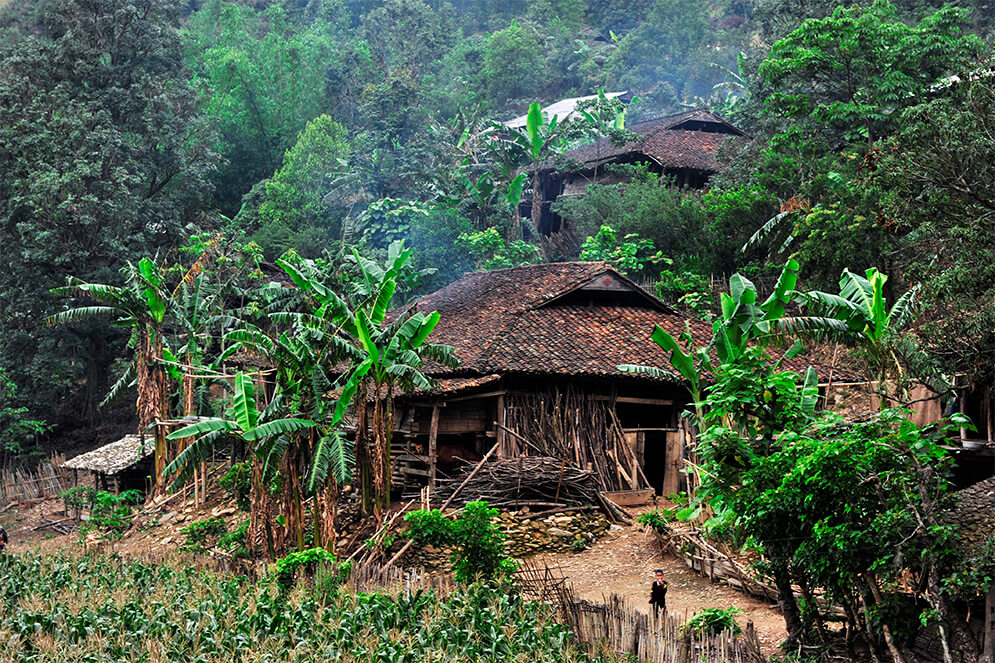
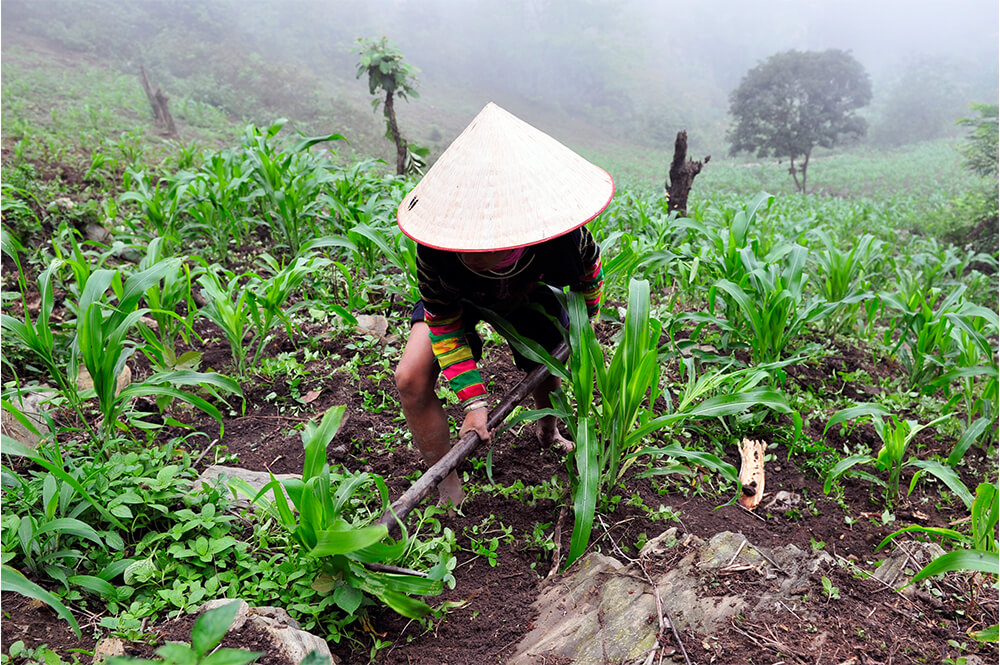
The Black Lolo hill tribe of Bao Lac live in wooden stilted houses in high and dry areas along the habitable edges of the mountainous range, overlooking the valley. They are identified by their outfits in dark indigo color after which the tribe is named, adorned with patches of geometric applique motifs and contrasting colored fabrics on the sleeves, almost identical to the Red Yi’s outfits in China, connecting to their ancestral origin. The make their livelihood mainly from wet rice farming and husbandry.
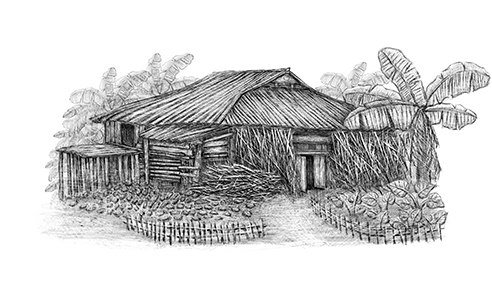
The Lolo are skilled at making bronze drums which always come in pair: the female and male drum; each drum is guarded and buried underground by the head of the family line. While the Flowery Lolo use their antique drums for their festive activities, the Black Lolo beat their sacred instrument only at funerals. Traditional dances performed in the sound of the drums allow the souls of the dead to find their way to the world beyond, the world of their ancestors. Although there are not many ancient bronze drums left today, for the Lolo, they are still their sacred objects that symbolize the soul and strength of their people.
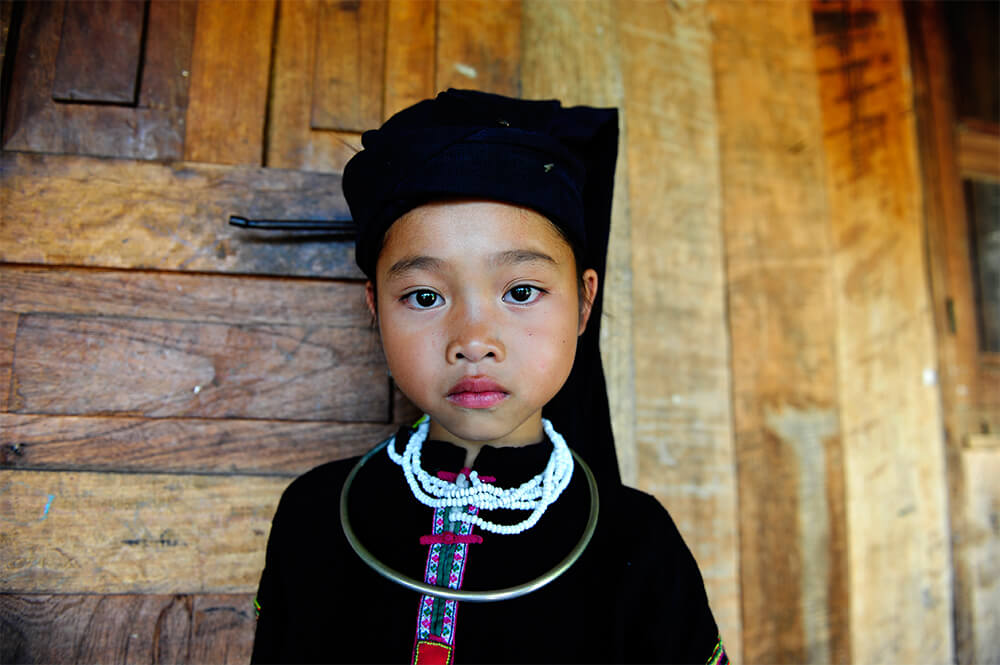
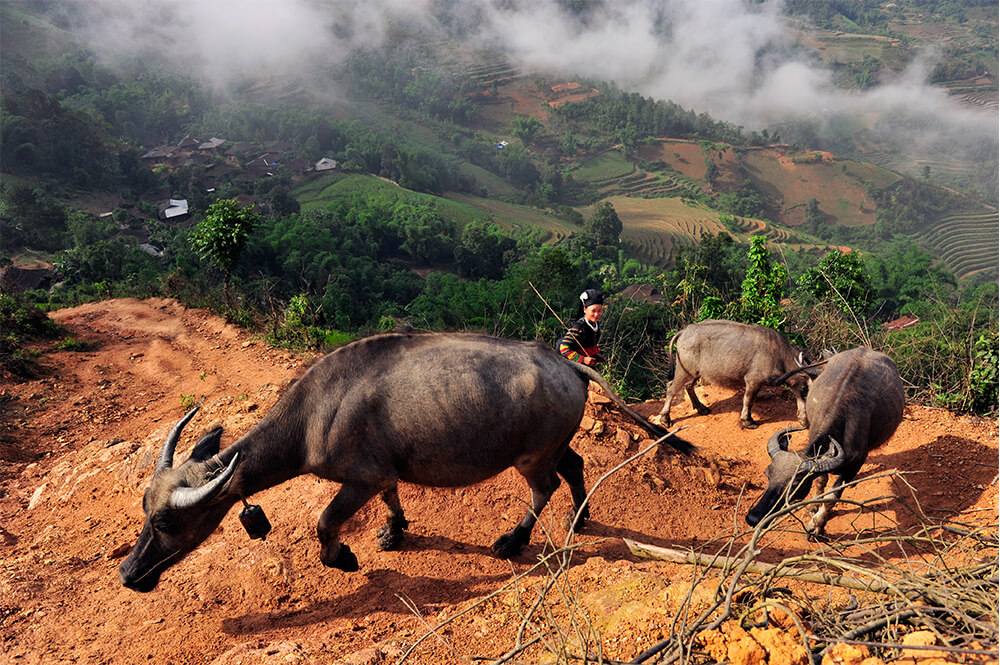
While in Khuoi Khon village, participate in the Lolo’s daily chores: lighting the fire, collecting water and gathering wood. Then, join a Lolo villager on a walk into the upper valleys: meet Lolo shepherds and discover Hmông forsaken hamlets. Depending on the season, join the Lolo with various agrarian activities. Learn about their ancestral handicrafts such as weaving, spinning, and textile dyeing techniques, or hike along the mysterious trails that meander across the wild and glorious landscape.
